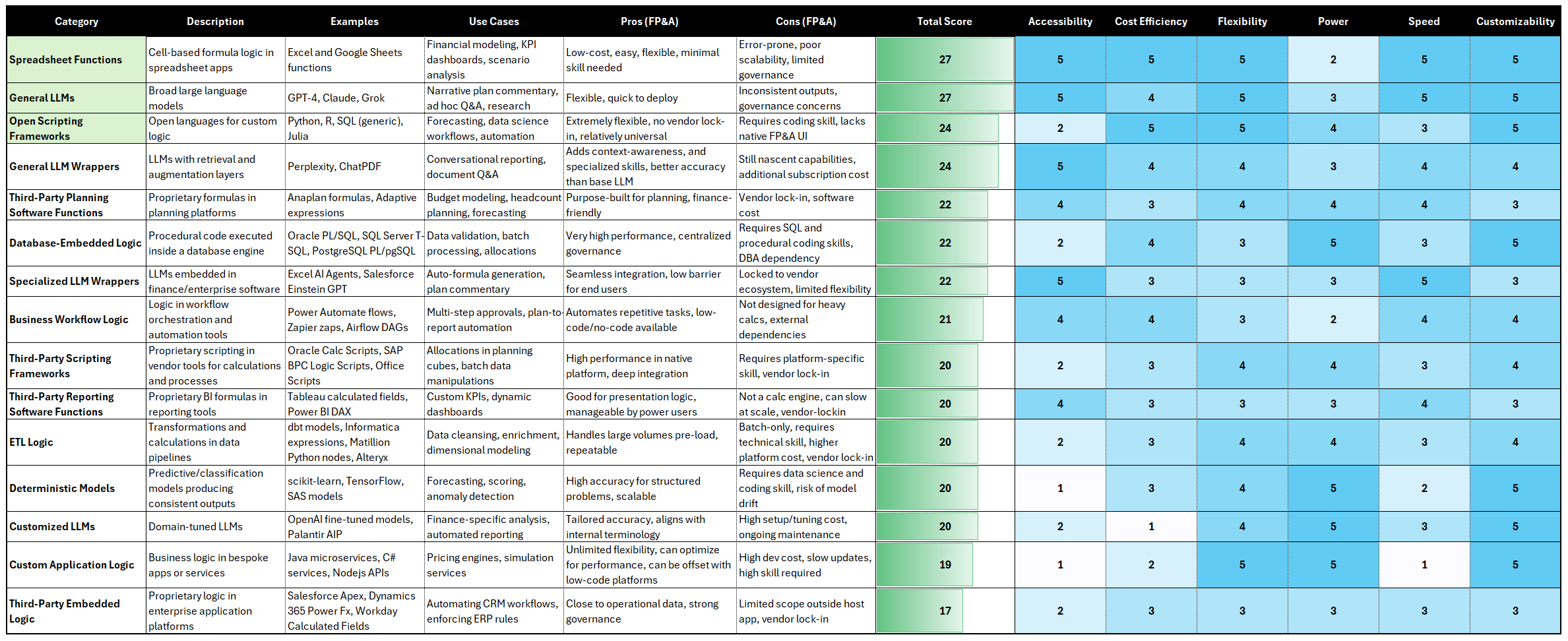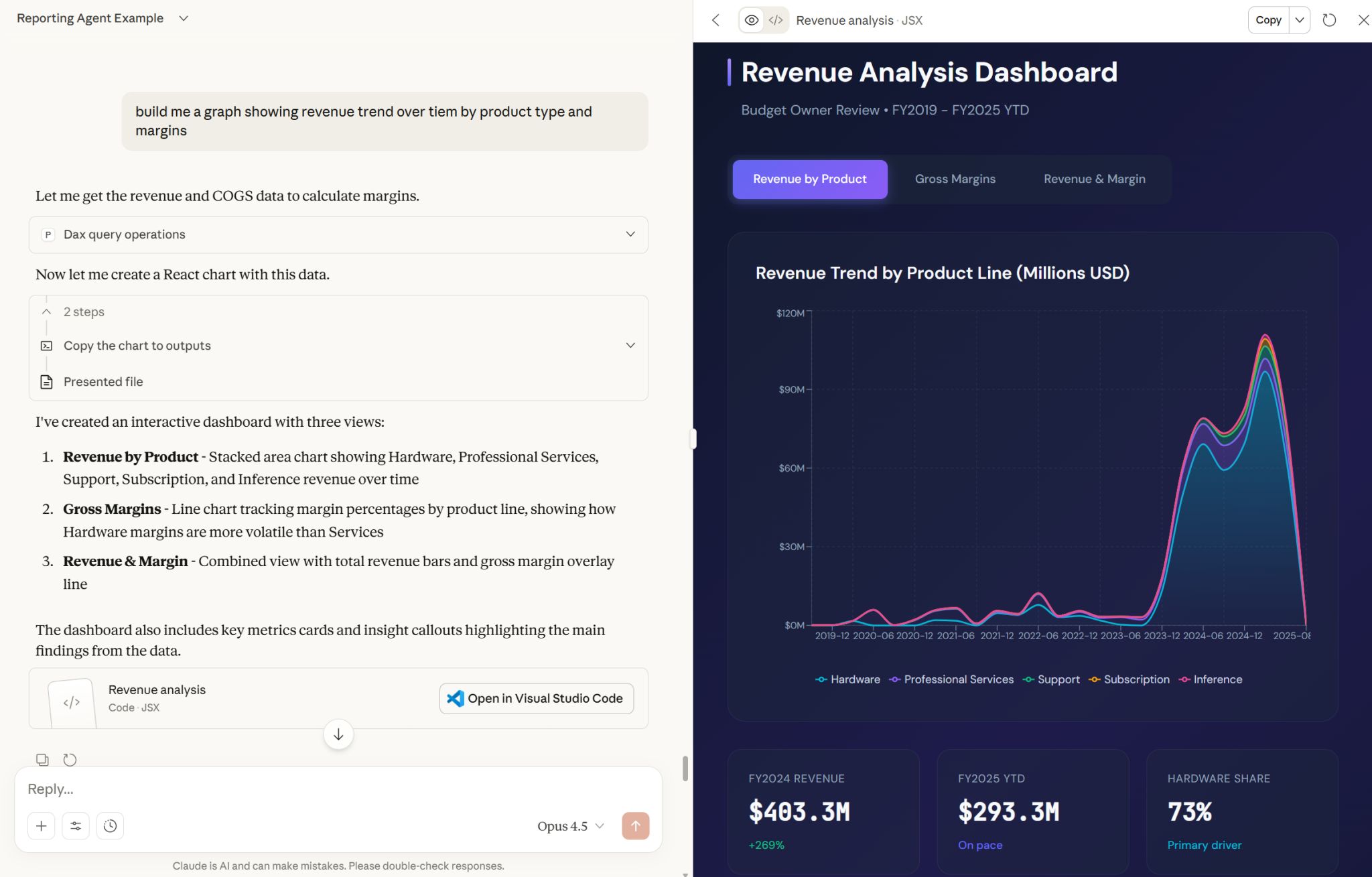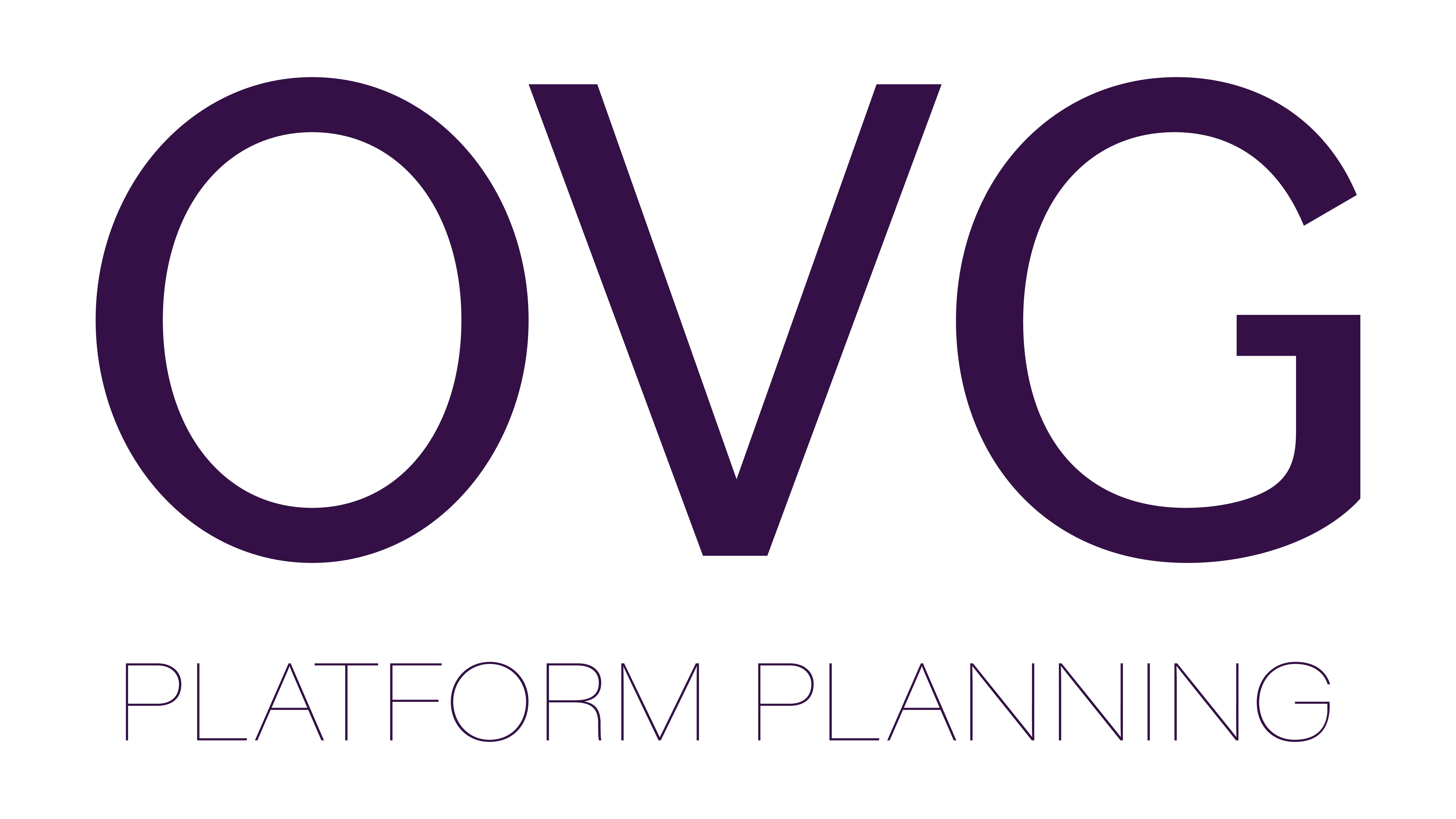Streamlining business logic in an AI-native world

Ever wonder why seemingly simple forecasting and reporting asks take so much time and effort?
Too many layers of business logic is one of the biggest drivers of complexity and headaches for Finance teams. Often problems get blamed on ‘bad data’, but it’s the logic, not the data, that is problematic.
So how should you handle business logic as a Finance team, where should it live? This question may seem simple on the surface, but it’s an increasingly complex and nuanced question for Finance teams that consolidate data and reporting from across the organization.
Below is a table that summarizes the most common options:

"Wow, I'm not reading all of that" is probably your first reaction. When you peel the onion and examine all the layers, it’s clear why so many organizations struggle to tell a cogent story despite investments in data, analytics, and systems. How did everything get so complicated?
In the past there were far fewer options. The major players like Oracle/SAP/TM1 and Excel were a straightforward choice and covered most planning logic.
In the cloud era, many organizations moved from a monolithic, on-premise approach to a best-of-breed approach with native cloud players like Salesforce + NetSuite + Workday + Snowflake + Alteryx+ Anaplan + Tableau. Each layer added value and integrated well with others.
Over time, however, each of these tools grew their footprint, adding more overlap, conflict, and cost. Today, AI is both introducing new options and radically transforming the existing options, making the permutations virtually infinite.
In this case, more isn’t necessarily better. We believe that addition by subtraction with a platform-based approach can distill business logic down to the core components that matter.
The areas that we are focusing on with Platform Planning combine the top-scoring options:
· Spreadsheet functions: maximal flexibility and ease of use will always have its place in Finance. Spreadsheet AI agents are already proliferating and should make spreadsheets even more powerful.
· General LLMs: the use of open LLMs will be critical for a variety of use cases, including research, content synthesis, and data retrieval. Perhaps one of the biggest benefits is reducing or eliminating technical barriers – writing code, parsing formulas, or even better navigating complex legacy systems without technical resources. In addition, sitting established models on top of the right(!) data will reduce time spent on data extraction and synthesis.
· Open Scripting Frameworks: without AI, third-party software had to bridge between full-code and Excel formulas with proprietary functions, but with AI, custom scripting is potentially even easier than learning a proprietary language with much better flexibility, customizability, and cost efficiency. Languages like Python and SQL are universal and with platforms like Fabric, you can build your own functions (e.g., cohort or comp calculations) without waiting on a vendor’s roadmap. Scripting can also be applied to spreadsheets (Office Scripts = next-gen macros).
With these options, which are all highly available and low-cost, a Finance team can maximize leverage for planning, forecasting and reporting in an AI-native world.
There is no one-size-fits-all approach, and as a Finance leader it’s important to consider the breadth of the options and take an intentional route:
· Resourcing: do you need to add a tenured Anaplan architect, a specialized data scientist, a financial analyst with general Python skills, or a scrappy prompt engineer?
· Software: do you need a data/analytics platform, FP&A software solution, Excel add-in, or a high-powered LLM?
Here are a few technology trends to watch out for, as these dynamics are changing in real-time:
· Planning software will still have its place, offering a balance of capabilities in a more off-the-shelf package.
· Custom apps are already becoming faster and more cost-efficient with AI-powered low-code platforms, IDEs, and app-builders.
· Custom LLMs should redefine what is possible in terms of power for teams with enough resources and data.
· Specialized LLM wrappers will likely compress or eliminate certain roles, especially those focused on external research and modeling.





















